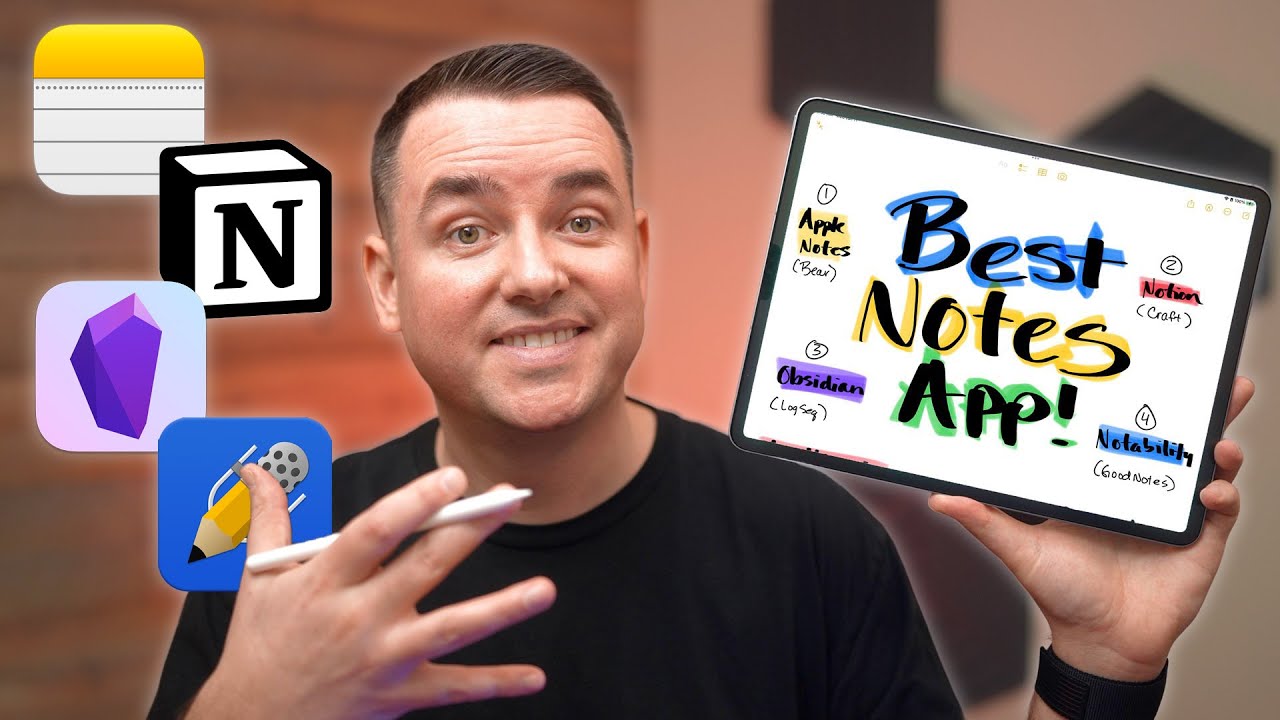Finally launching my new budgeting app! (pricing, getting rejected 3 times, growth plans)
Summary
TLDRIn this video, Chris shares the journey of launching Luna, a budgeting app he developed to curb his spending and improve as a developer. After 5 months of hard work, Luna is live on the App Store. Chris details the final 3 weeks of preparation, from creating App Store screenshots to setting up a feedback board and pricing strategy. He discusses the challenges faced during the approval process and highlights plans for the future, including focusing on retention and adding more features to increase app value. Watch his process and learn from his experience in app development and launch.
Takeaways
- 😀 Luna, the budgeting app, is finally live on the App Store after 5 months of development.
- 🎯 The first 3 weeks leading up to the launch focused on preparing the app for the App Store, including creating quality screenshots.
- 🖼️ High-quality App Store screenshots are critical for attracting users and setting a good first impression.
- 🧑💻 Luna's landing page was kept simple with a one-page design since it’s currently only available on iOS, but future updates will include more detail and possibly a web version.
- 💬 Implementing a feedback board helped prioritize feature requests from users, which is key in the early stages of development.
- 📧 Welcome emails were automated to engage new users, ensuring that the system was in place before launch.
- 💲 Luna uses a hard paywall with a subscription model at $4.99 per month, and the long-term goal is to increase the app’s value through new features.
- 💳 Pricing was influenced by competitors, with a strategy to offer a $150 lifetime subscription for users who prefer not to deal with recurring payments.
- 🔒 Apple required certain elements for approval, such as a link to the privacy policy and terms of service, as well as an option for users to delete their data.
- 🚀 Post-launch focus will be on improving retention by listening to user feedback and adding features that meet their needs, with marketing experiments in the pipeline.
Q & A
What is Luna, and why did Chris build it?
-Luna is a budgeting app that Chris built to help curb his own spending and improve his skills as a developer and designer.
Why is the app's launch on the App Store significant?
-The launch is a major milestone for Chris, marking the culmination of five months of hard work and development, including addressing feedback, refining features, and navigating the App Store submission process.
What were the two main areas Chris focused on in the last 3 weeks before launch?
-Chris focused on creating high-quality App Store screenshots and updating the app’s landing page to prepare for launch. These were critical tasks to improve user perception and meet App Store guidelines.
How did Chris approach designing the App Store screenshots?
-Chris spent two days crafting App Store screenshots, focusing on showcasing key features like weekly/monthly budgeting, widgets, and notification reminders. He also carefully selected colors and backgrounds to make the screenshots visually appealing.
Why did Chris choose an orange color for the screenshots?
-Chris conducted a poll among people he knew, and the majority preferred the orange color. This feedback led him to choose it as the primary color for the screenshots.
What was Chris’s approach to the app's landing page?
-Chris decided to keep the landing page simple, as the app is currently iOS-only. It features a one-pager with a download link and a screenshot, with plans to expand it once there are more platforms like a web version or Android app.
What is the purpose of the feedback board in Luna?
-The feedback board allows users to submit and upvote feature requests, providing Chris with valuable insights into what users want in the app. This helps prioritize new features and improvements based on user demand.
How does Chris handle welcome emails for new users?
-Chris uses a service called Loops to automate welcome emails, ensuring that new users receive a clear introduction to the app and its features as soon as they sign up.
What pricing strategy did Chris choose for Luna, and why?
-Chris chose a hard paywall with pricing set at $4.99 per month, $49.99 per year, and $150 for a lifetime subscription. This pricing was based on research into competitor pricing and was designed to provide good value, with plans to add more features over time.
How did Chris handle the App Store review rejections?
-Chris faced three rejections during the App Store review process: one for missing data deletion functionality, another for missing a link to the terms of service, and a third for unclear communication of the paywall. He addressed each issue quickly, leading to the app's approval.
Outlines

هذا القسم متوفر فقط للمشتركين. يرجى الترقية للوصول إلى هذه الميزة.
قم بالترقية الآنMindmap

هذا القسم متوفر فقط للمشتركين. يرجى الترقية للوصول إلى هذه الميزة.
قم بالترقية الآنKeywords

هذا القسم متوفر فقط للمشتركين. يرجى الترقية للوصول إلى هذه الميزة.
قم بالترقية الآنHighlights

هذا القسم متوفر فقط للمشتركين. يرجى الترقية للوصول إلى هذه الميزة.
قم بالترقية الآنTranscripts

هذا القسم متوفر فقط للمشتركين. يرجى الترقية للوصول إلى هذه الميزة.
قم بالترقية الآنتصفح المزيد من مقاطع الفيديو ذات الصلة
5.0 / 5 (0 votes)






